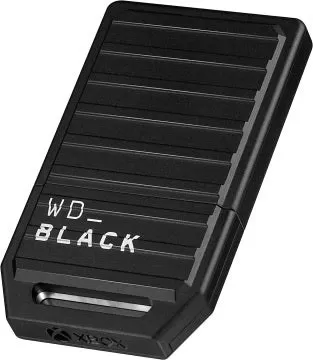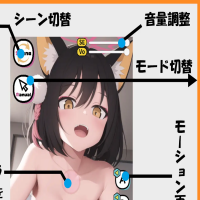Every few years, Nvidia introduces a groundbreaking graphics card that pushes the boundaries of PC gaming. The Nvidia GeForce RTX 5090 is the latest in this lineage, heralding a new era of performance. However, its approach to enhancing performance is unconventional. While the RTX 5090 doesn't always offer a dramatic leap in performance over the RTX 4090 without considering DLSS Frame Generation, the introduction of the next generation of Nvidia's DLSS technology brings significant improvements in both image quality and performance. This advancement feels more substantial than typical generational upgrades.
The extent to which the RTX 5090 will benefit you hinges on the games you enjoy, your preferred resolution, and your willingness to use AI-generated frames. For those not using a 4K monitor with a 240Hz refresh rate, the upgrade might not be compelling. However, if you own a high-end display, the AI-generated frames can offer a glimpse into the future of gaming.
Nvidia GeForce RTX 5090 – Photos
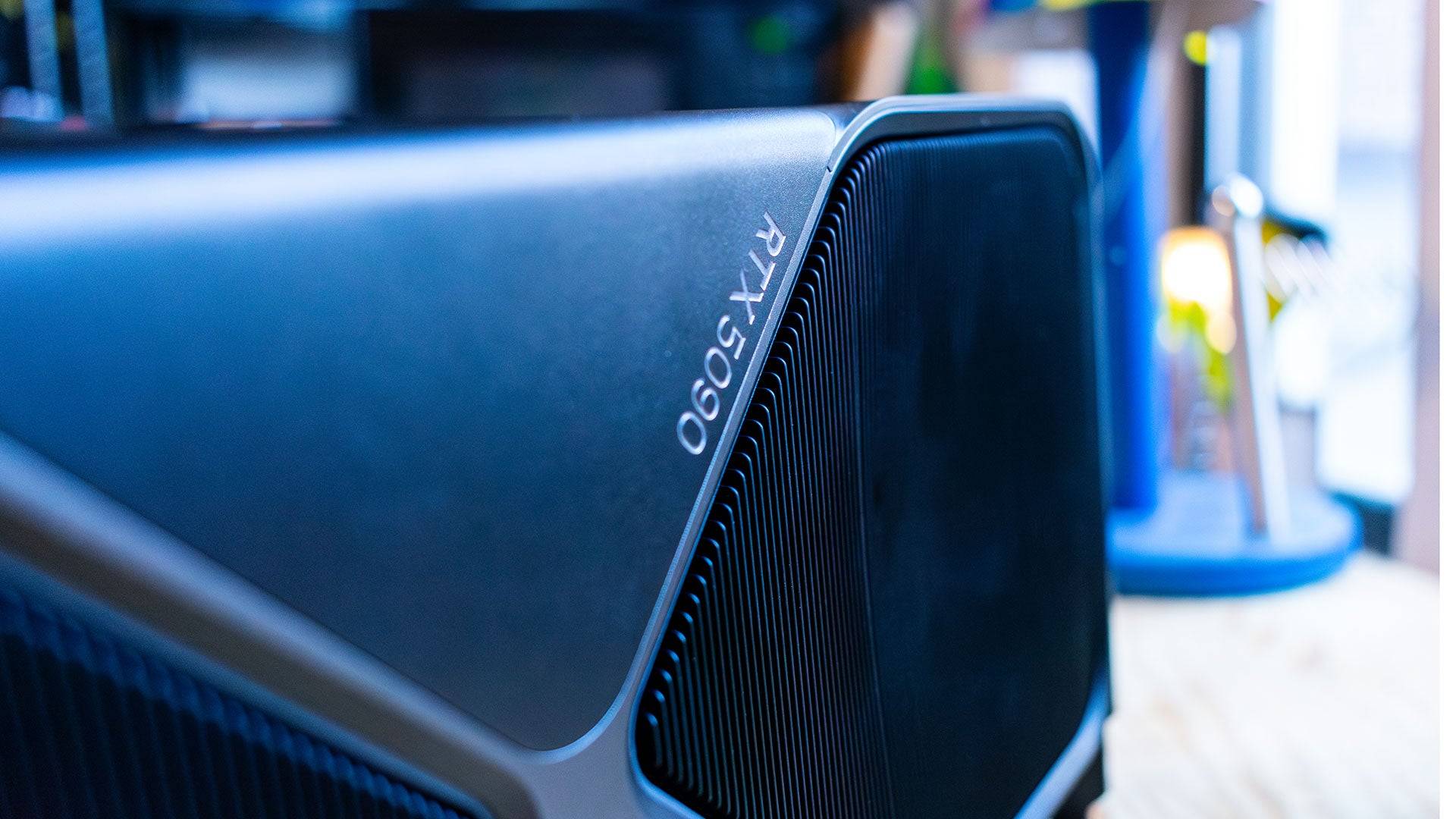
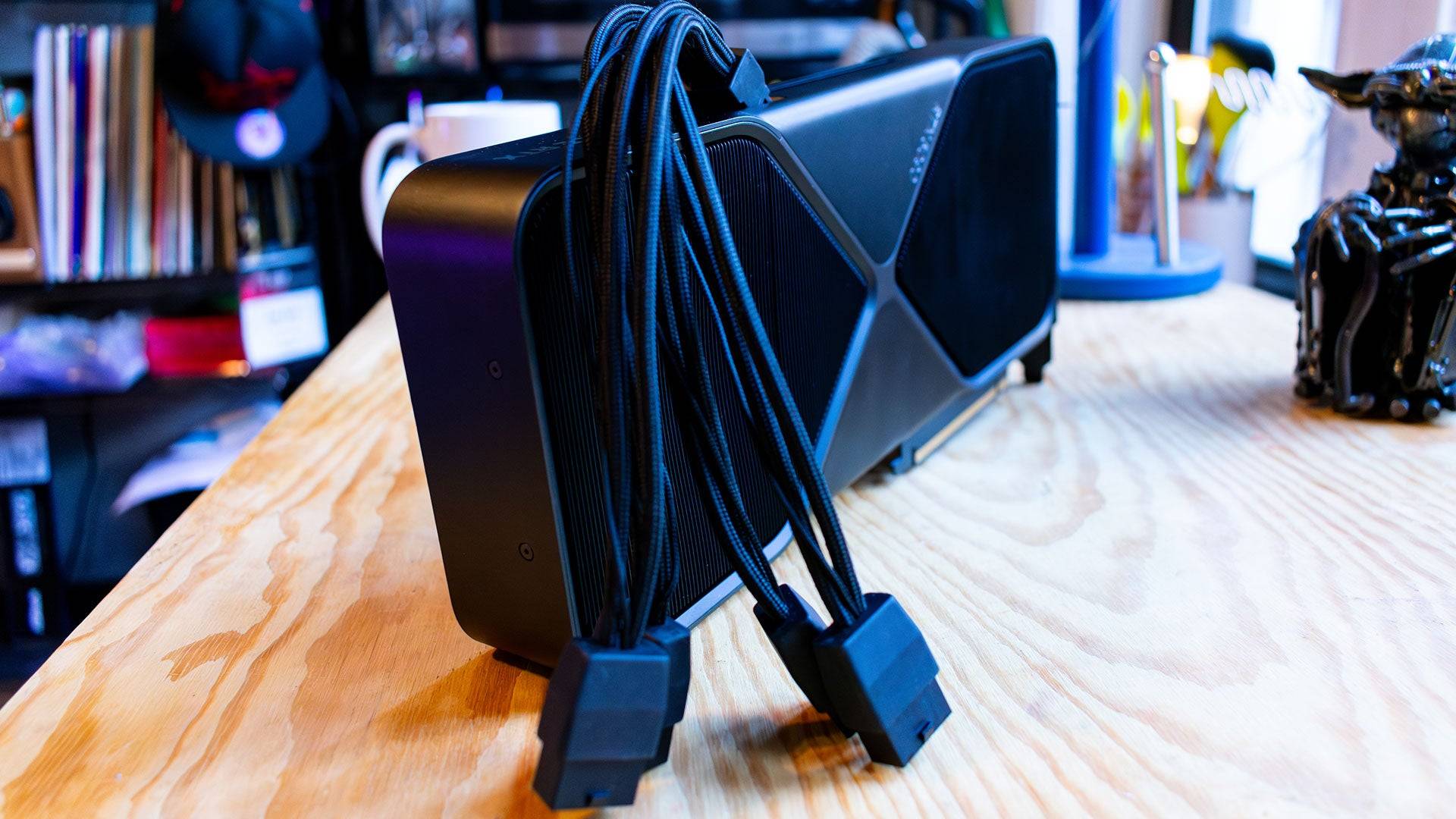 5 Images
5 Images
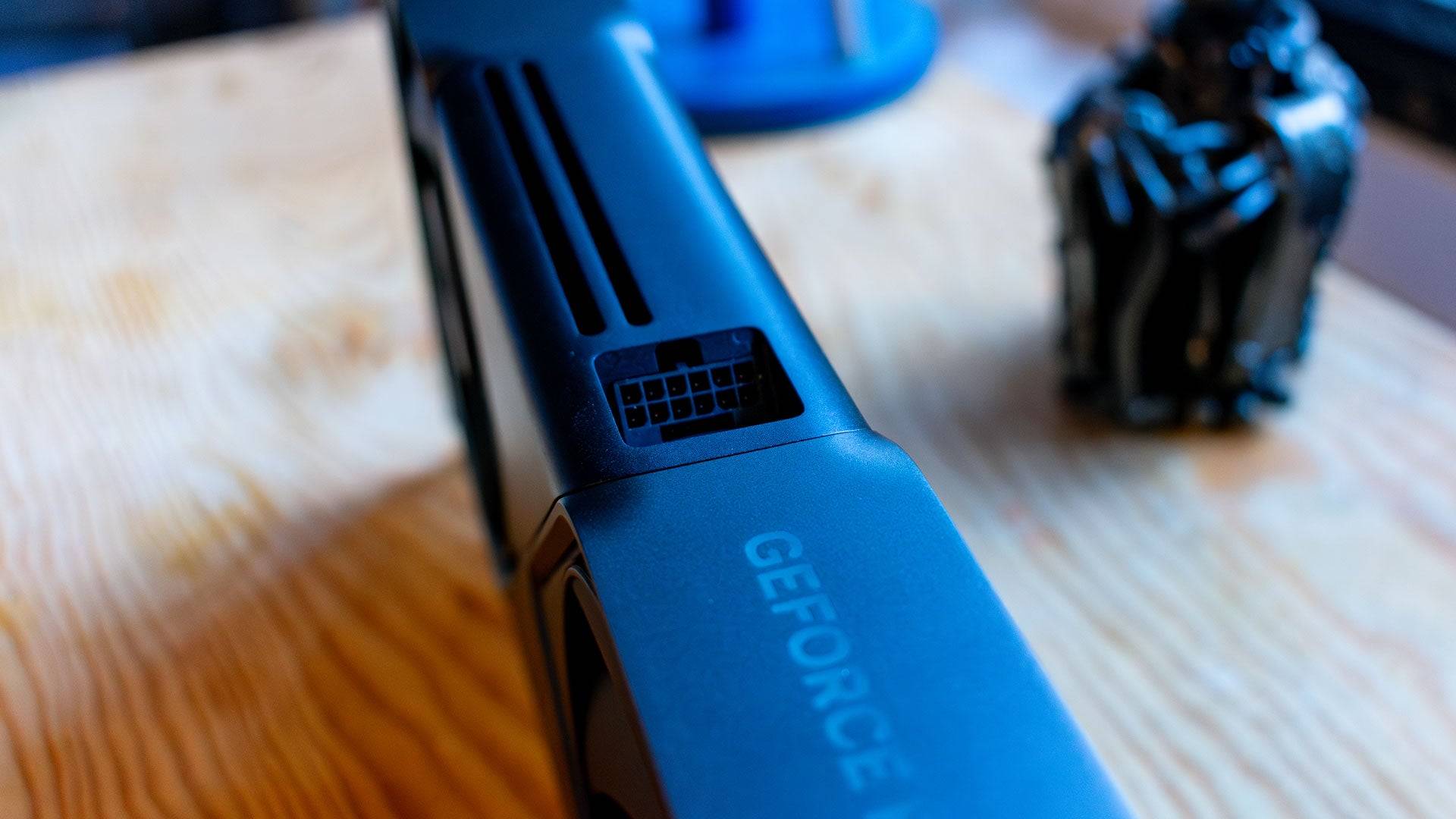
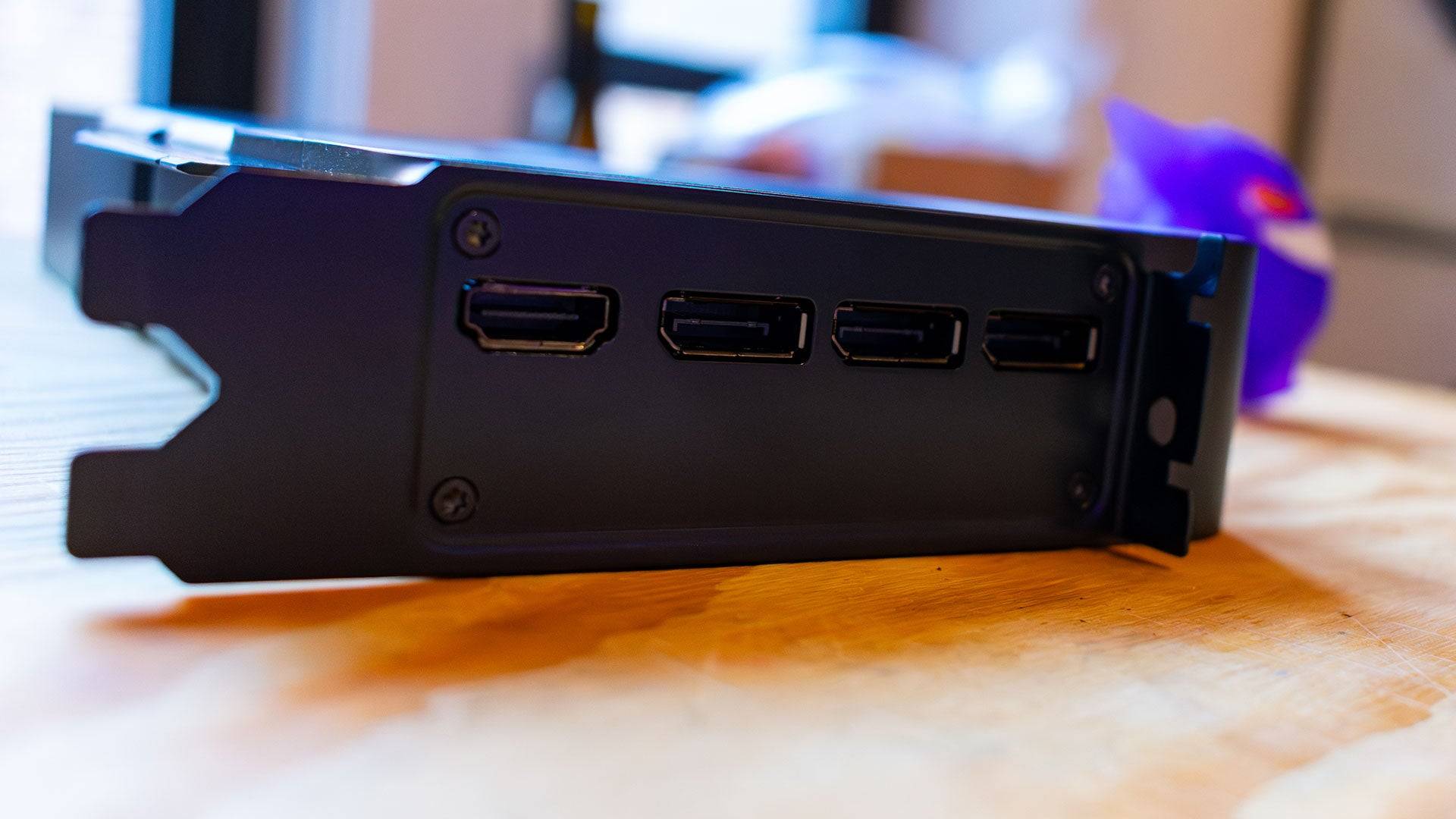 RTX 5090 – Specs and Features
RTX 5090 – Specs and Features
The Nvidia GeForce RTX 5090 leverages the Blackwell architecture, renowned for powering high-end data centers and supercomputers. This architecture underpins the RTX 5090's prowess in AI tasks, but Nvidia has also enhanced the traditional gaming aspects of the card.
The RTX 5090 incorporates more Streaming Multiprocessors (SMs) into the same Graphics Processing Clusters (GPCs), boosting the number of CUDA cores to 21,760 from 16,384 in the RTX 4090. This 32% increase in shader cores significantly enhances raw gaming performance. Each SM includes four Tensor Cores and one RT Core, increasing to 680 Tensor Cores and 170 RT cores from the RTX 4090's 512 and 128, respectively. The 5th-generation Tensor Cores, with added support for FP4 operations, optimize AI performance and reduce VRAM dependency.
The RTX 5090 also features 32GB of GDDR7 VRAM, a step up from the RTX 4090's GDDR6X, promising faster and more efficient memory. However, with a power draw of 575W, significantly higher than the RTX 4090's 450W, efficiency isn't the primary focus.
Nvidia has refined DLSS by transitioning to a Transformer Neural Network (TNN) from a Convolutional Neural Network (CNN), enhancing image quality and reducing artifacts like ghosting. Additionally, the RTX 5090 introduces Multi-Frame Generation, an advanced version of the Frame Generation technology introduced with the RTX 4090, which can generate multiple frames from a single rendered image, significantly boosting frame rates.
Purchasing Guide
The Nvidia GeForce RTX 5090 will be available starting January 30, with the Founders Edition priced at $1,999. Keep in mind that third-party versions may be more expensive.
The Founders Edition
The RTX 5090's 575W power requirement necessitates advanced cooling solutions. Unlike its predecessors, the RTX 5090's Founders Edition is surprisingly compact, fitting into a dual-slot chassis with a dual-fan setup. Despite its high power consumption, the card maintains temperatures up to 86°C without throttling, thanks to a cleverly designed PCB and efficient airflow.
The RTX 5090's design echoes its predecessors with a silver 'X' on a gunmetal-gray chassis, black heatsinks, and a 'GeForce RTX' logo illuminated by white LEDs. It features a new 12V-2x6 power connector, which is more efficient and secure than the previous generation's 12VHPWR connector. The angled connector placement simplifies installation and accommodates smaller PC builds.
DLSS 4: Fake Frames?
Nvidia claims the RTX 5090 can boost performance by up to 8x with DLSS 4, primarily through its Multi-Frame Generation feature. This technology, supported by a new AI Management Processor (AMP) core, efficiently assigns GPU tasks, reducing reliance on the CPU. The AMP, combined with 5th-generation Tensor Cores, enables a frame generation model that's 40% faster and uses 30% less memory than its predecessor, creating up to three AI frames per rendered frame.
While Multi-Frame Generation can introduce latency, Nvidia's Flip Metering algorithm mitigates this by pacing frames to reduce input lag. This feature is best used when already achieving a passable frame rate, ideally in conjunction with DLSS upscaling.
DLSS 4 will be available in many games supporting DLSS 3 upon the RTX 5090's release. In testing, Cyberpunk 2077 at 4K with the Ray Tracing Overdrive Preset and DLSS on Performance mode achieved 94 fps, which increased to 162 fps with 2x frame generation and up to 286 fps with 4x frame generation. Similarly, Star Wars Outlaws at 4K with max settings reached 300 fps with DLSS 4, up from 120 fps without frame generation. These results showcase the potential of Multi-Frame Generation, though it requires a high-end 4K display to fully appreciate.
RTX 5090 – Performance
The RTX 5090 offers a significant performance leap in synthetic benchmarks like 3DMark, showing up to a 42% increase over the RTX 4090. However, real-world gaming performance varies, often limited by CPU bottlenecks even at 4K resolutions. For instance, in Call of Duty Black Ops 6 at 4K Extreme settings with DLSS on Performance, the RTX 5090 achieves 161 fps, a modest 10% improvement over the RTX 4090's 146 fps.
In Cyberpunk 2077, the RTX 5090 reaches 125 fps at 4K with the Ray Tracing Ultra preset and DLSS on Performance, a 10% increase over the RTX 4090. Metro Exodus: Enhanced Edition at 4K with the Extreme preset sees the RTX 5090 at 95 fps, a 25% improvement over the RTX 4090's 76 fps. Red Dead Redemption 2 at 4K with max settings and DLSS on Performance mode yields 167 fps, just a 6% uplift over the RTX 4090.
Total War: Warhammer 3, which lacks ray tracing and upscaling, showcases a 35% performance boost for the RTX 5090 over the RTX 4090. However, in Assassin's Creed Mirage, the RTX 5090 underperformed due to a likely driver issue. Black Myth: Wukong and Forza Horizon 5 also showed varying degrees of improvement, with the RTX 5090 offering a 20% uplift in the former and minimal gains in the latter due to CPU limitations.
While the RTX 5090 is the fastest consumer graphics card available, its immediate benefits in current games are limited. Nvidia's focus on AI-powered gaming with DLSS 4 suggests the RTX 5090 is best suited for those on the cutting edge, willing to invest in future gaming technologies. For most gamers, the RTX 4090 remains a powerful choice for the foreseeable future.




![Lego and Bluey unite in new mobile game
[Note: At 41 characters, this adheres to all requirements while conveying the core partnership and platform.]](https://img.al97.com/uploads/02/689da5b75254b.webp)

